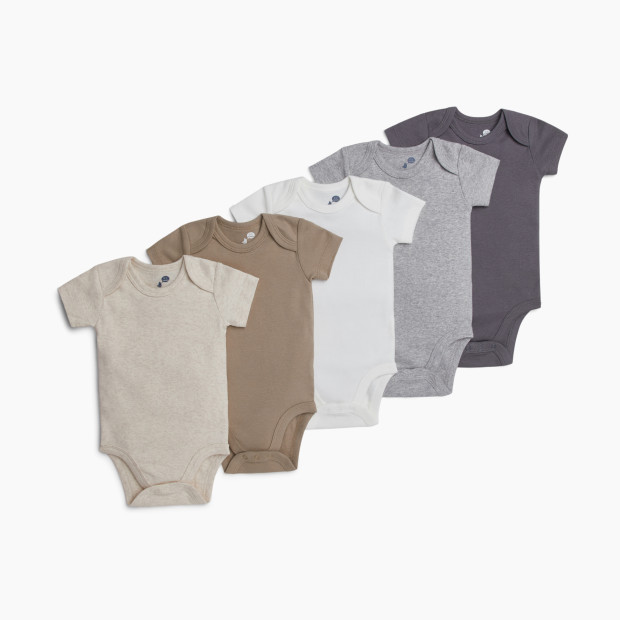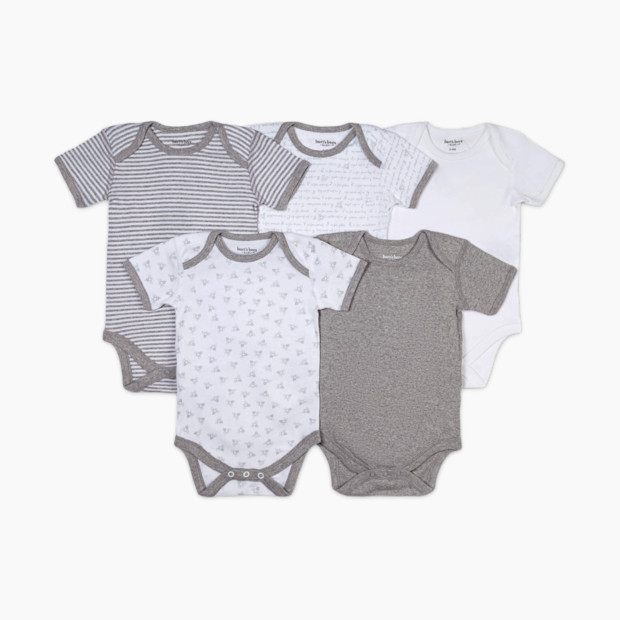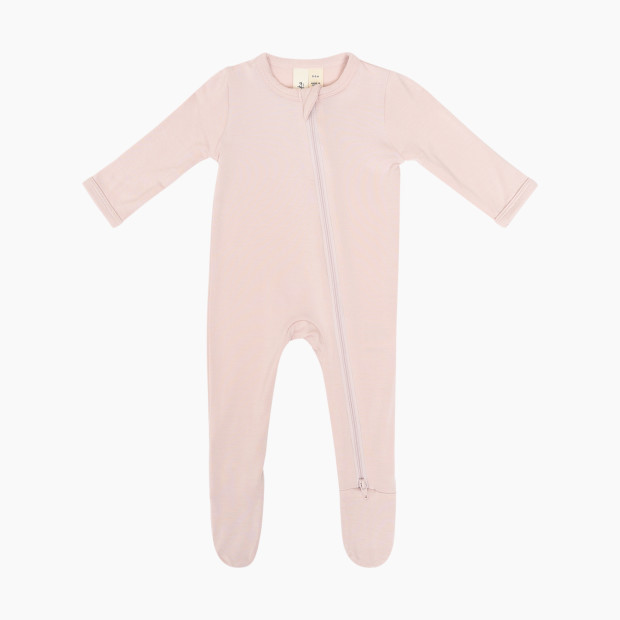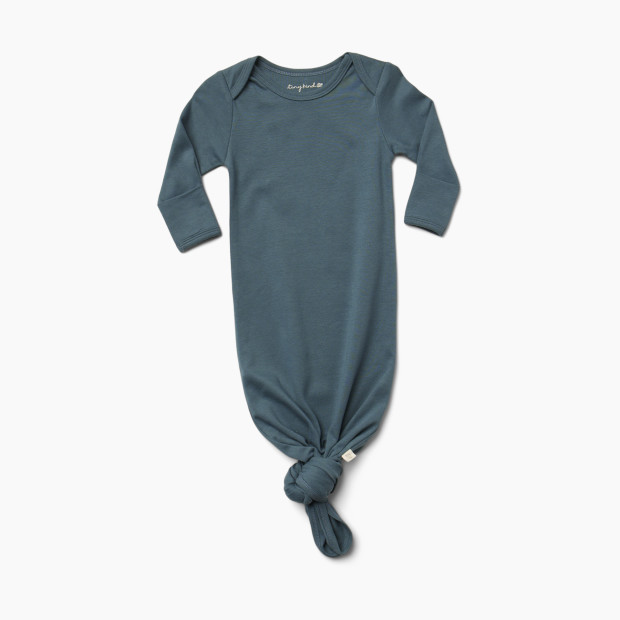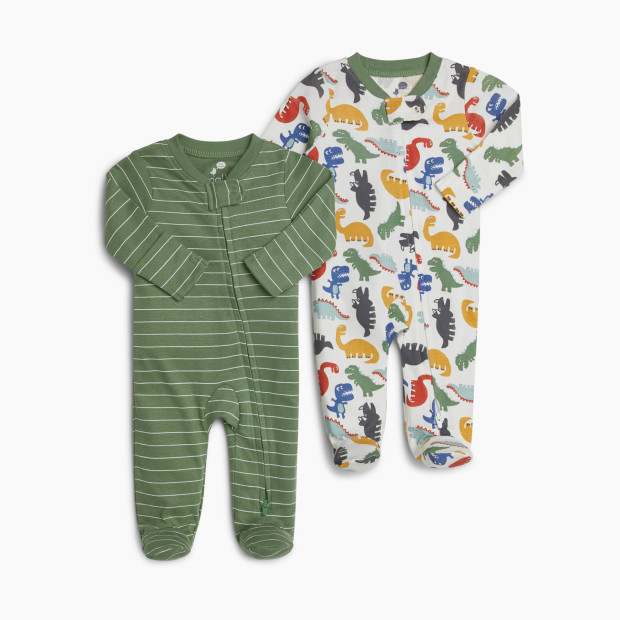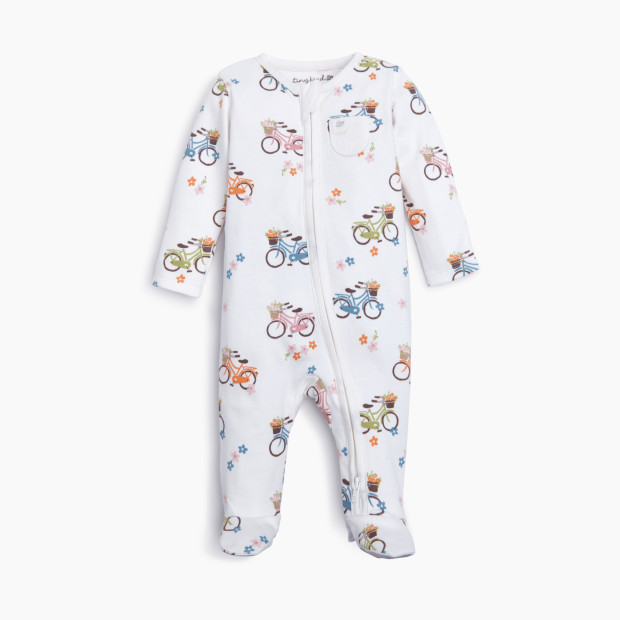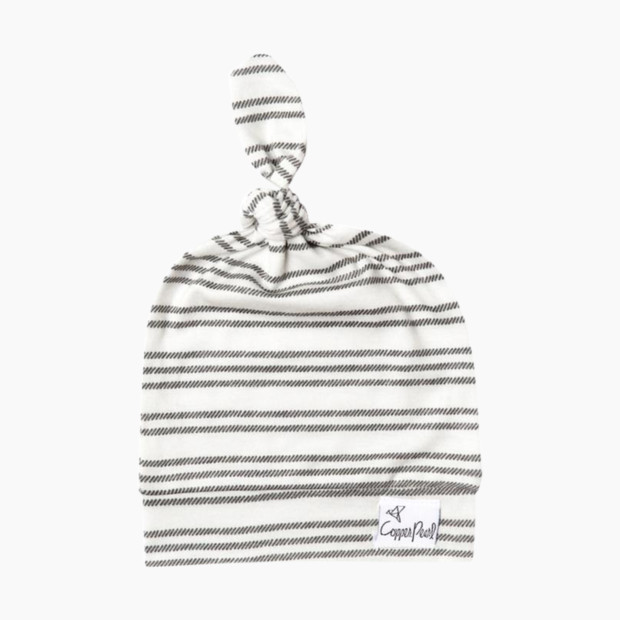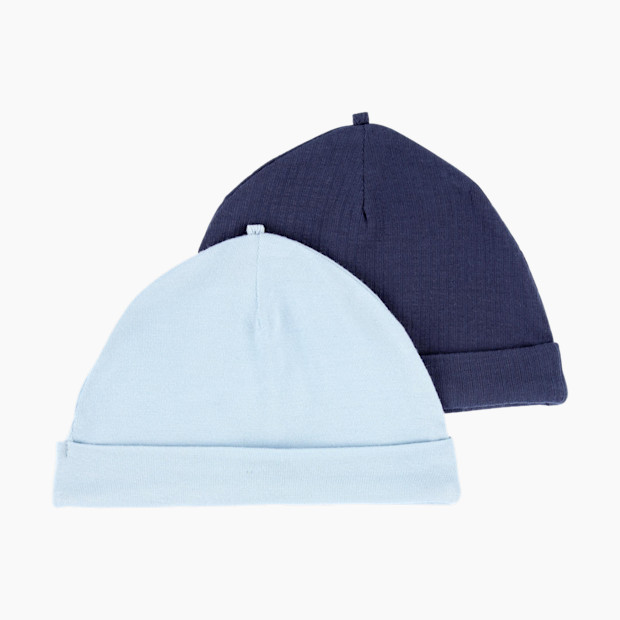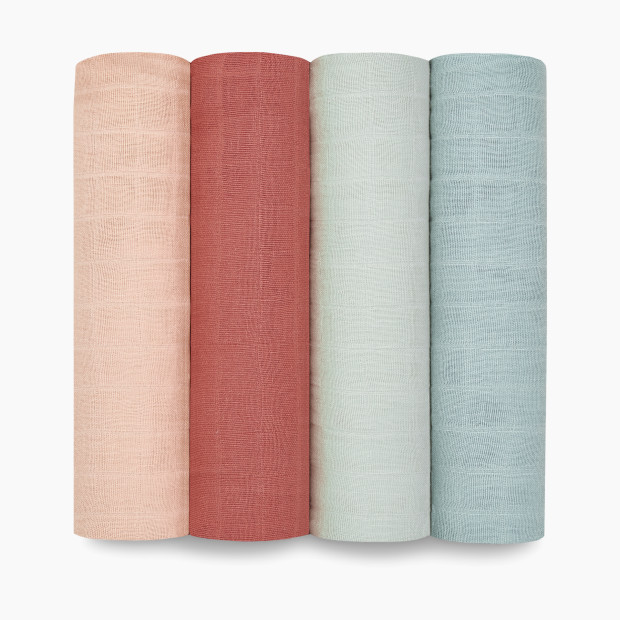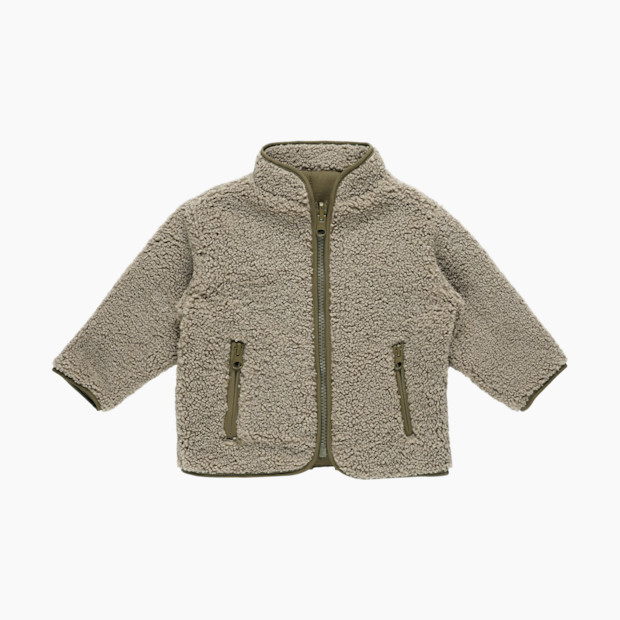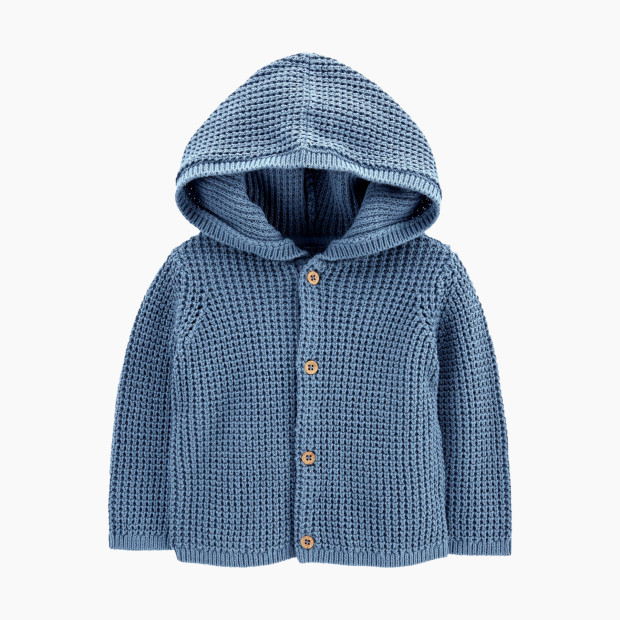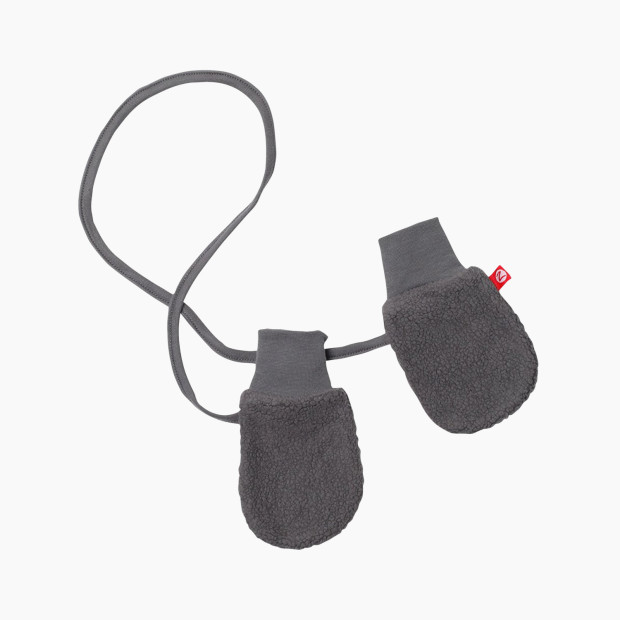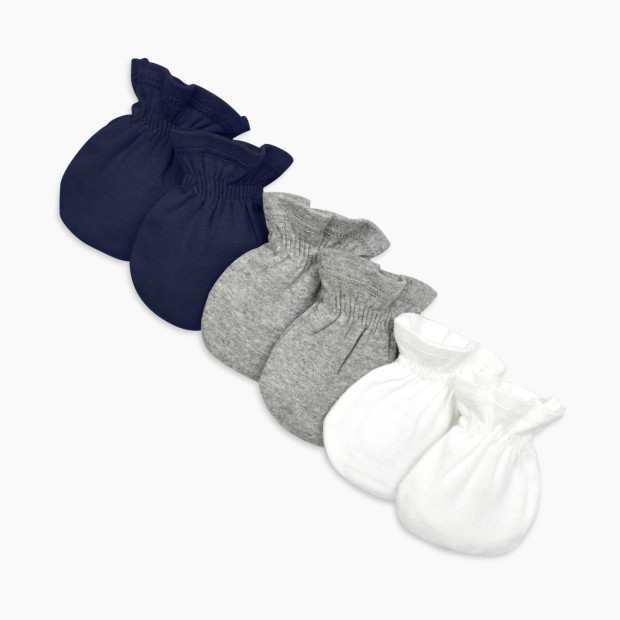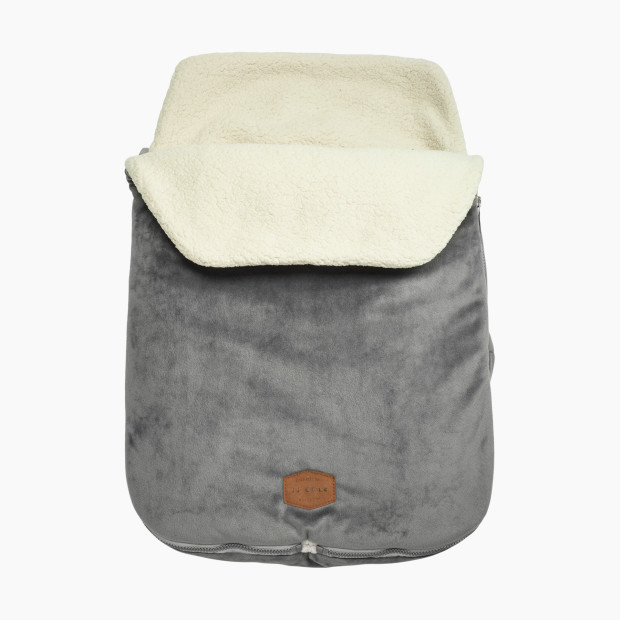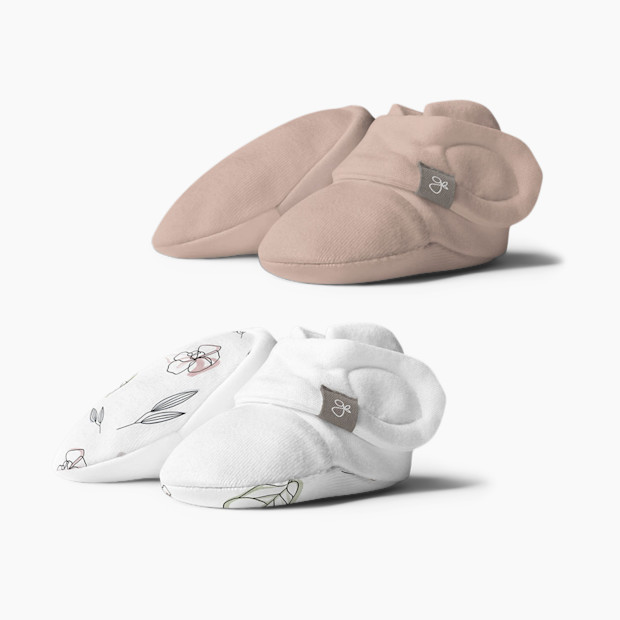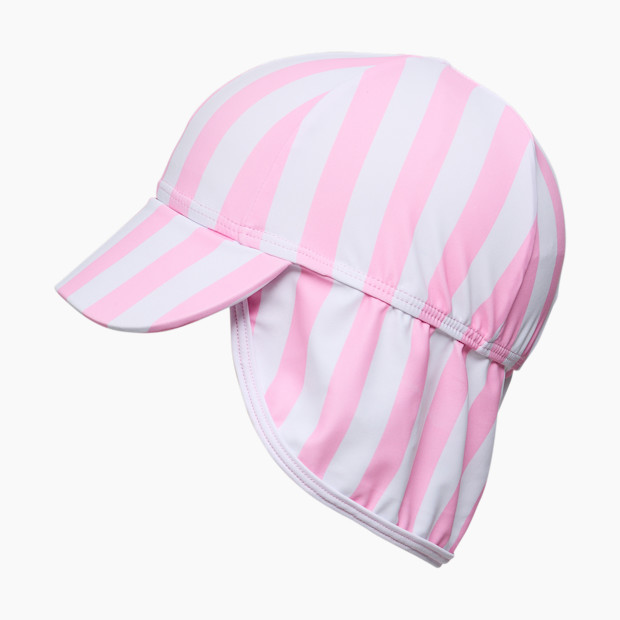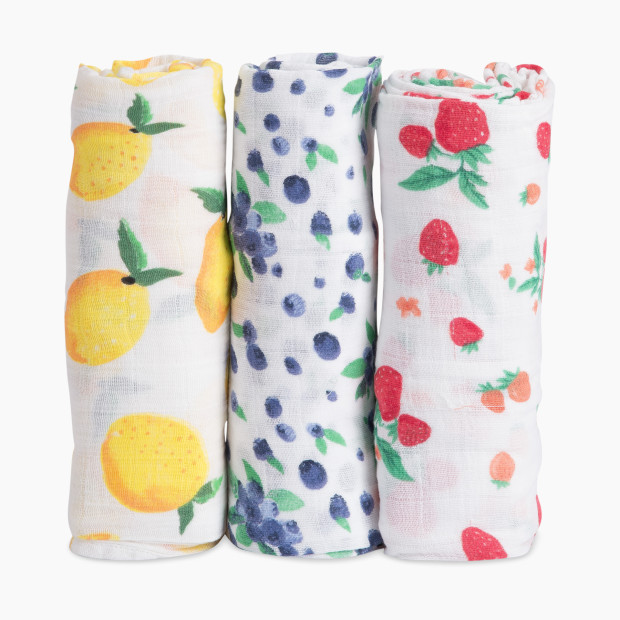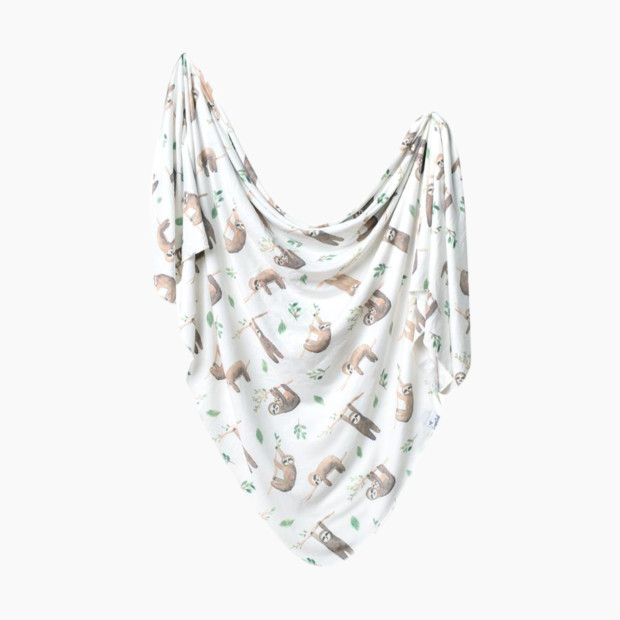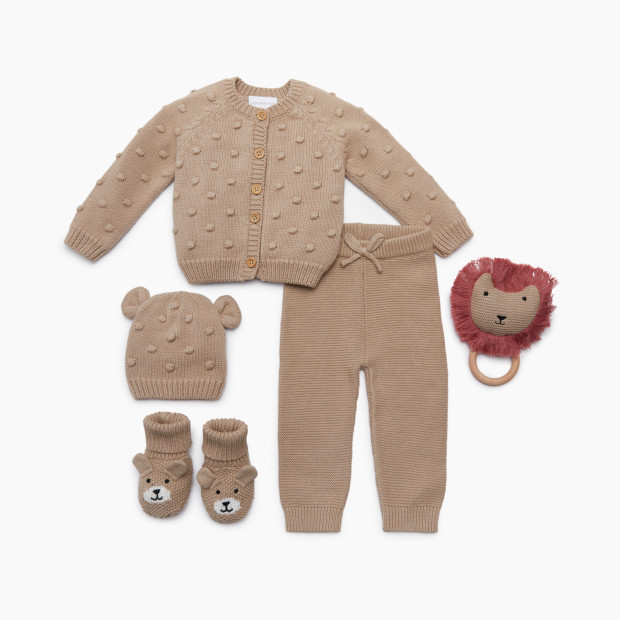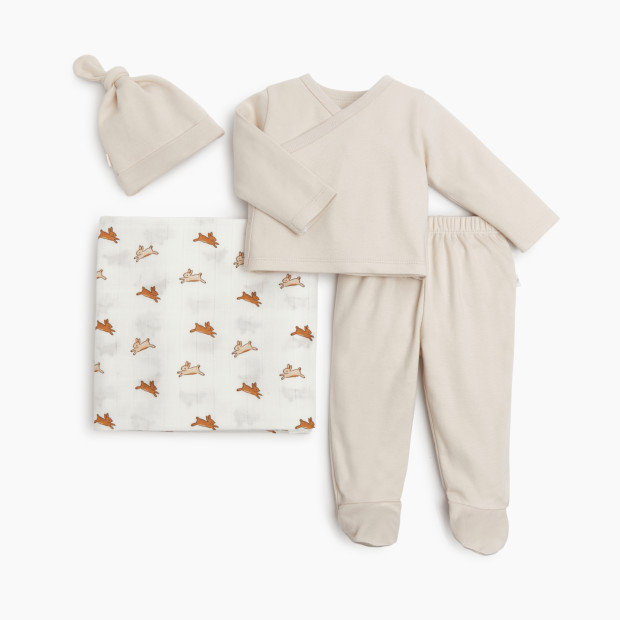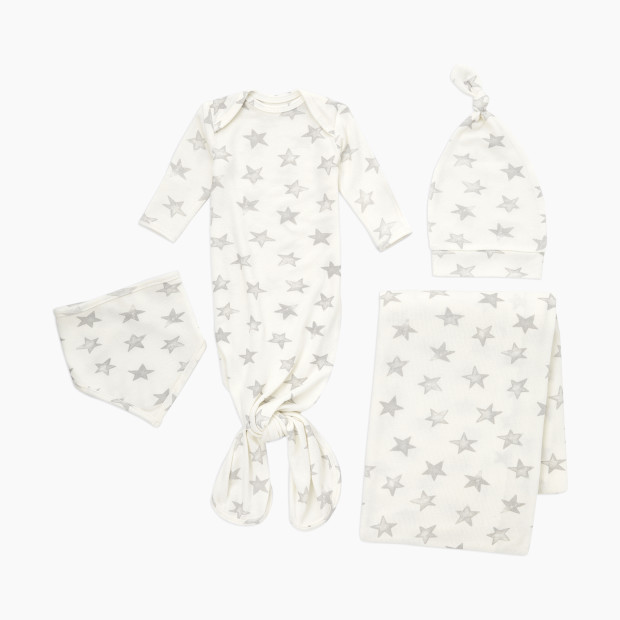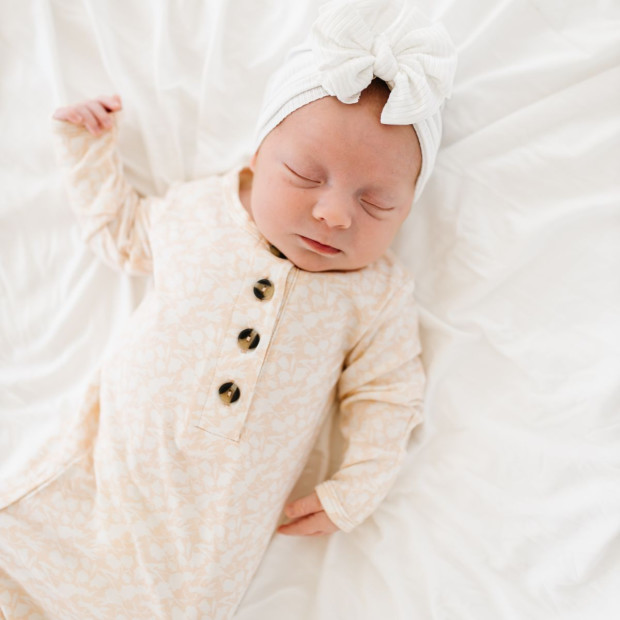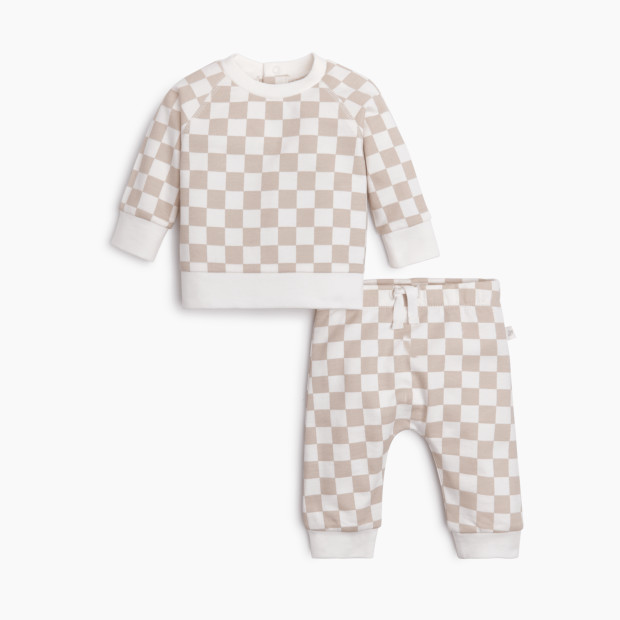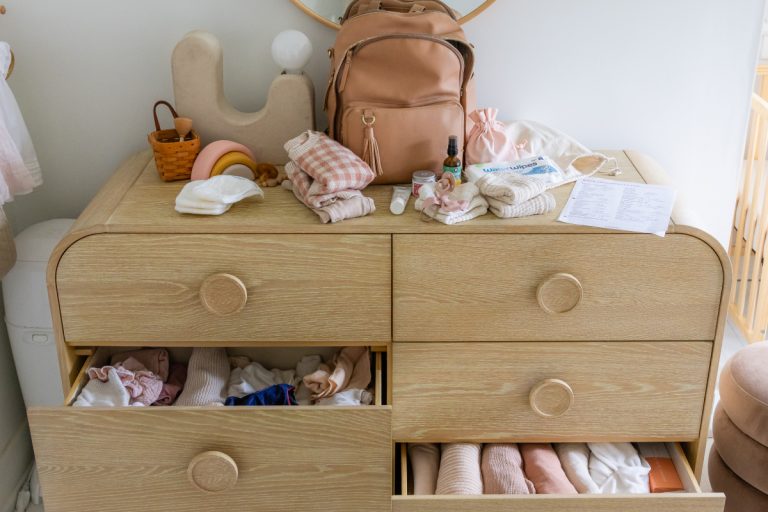
How Many Baby Clothes Do I Need?
5 bodysuits or 50? Here’s how to figure out the right number of baby clothes to put on your registry.

By Jen LaBracio, CPST
Fact Checked by Shannon Vestal Robson
In This Article
While it’s common advice to skip baby clothes when building your registry, it can be hard to resist adding cute little booties, sweet sleepers and special occasion outfits. The truth is babies are notorious mess makers and are likely to run through two or even three outfits in the day, so having options for quick changes can be handy. And adding a few options to your registry (or just buying the pieces you really want) can ensure you have a good lot of clothes to get you started.
But, how many clothes does your baby actually need? We’ll break down each clothing category and demystify how to build an efficient (and obviously adorable) wardrobe for your newborn.
How to Build Your Baby's Wardrobe
There are a few things to consider when figuring out how many baby clothes you’ll need and how you should add clothing to your registry.
1. Think about laundry
Your access to laundry (and how often you actually do it) makes a big difference in how many items of baby clothing you’ll need on hand. Our list of newborn essentials below assumes you do a few loads of laundry throughout the week. If this isn’t the case, though, you may need more or less clothing. Here’s how to adjust:
If you’re only planning on doing laundry once a week, multiply the numbers below by two.
If you will be doing laundry every day, cut the numbers below in half.
2. Think about baby clothes sizes
Figuring out sizing and how many pieces in each size to add to your registry can be tricky as it’s tough to anticipate how big your baby will be at birth and how quickly they’ll grow. Keep these tips in mind:
Think big. Most newborn sizes top out around eight pounds, so if you have a bigger baby, they may need 0-3 months sizes from the start. (And if they’re on the smaller side, odds are they’ll only fit into newborn sizes for a few weeks anyway.) Pick a few newborn items and then focus on 0-3 months since those clothes will fit babies up to around 12 or 13 pounds.
Mix it up. Each baby brand runs differently when it comes to sizing. Some brands run roomy and are great for larger babies, while others run on the slim side and work better if your baby is long and lean. Since you won’t know your baby’s body type before birth, try to mix in clothes from several brands so you’ll have a few different fit options.
3. Stay organized
Teeny, tiny baby clothes sure are cute—and easy to lose track of, too. Organizing your baby’s wardrobe by size is the best way to know what fits right now and what you have available in the next size when the time comes.
If you’re storing most of baby’s clothes in a dresser, drawer dividers are a great investment. They help keep everything in one place (we’re looking at you, tiny baby socks) and can be set up by clothing type, size or any other way you’d like.
If you’re using a closet to store your little one’s wardrobe, check out closet dividers. (You can also get them as a part of a larger nursery storage set). These hanging signs separate clothes into sizes (this set goes from newborn through 2T) so you can easily see what you have and are less likely to forget about clothes before they’re too small.
And if you don’t want to purchase an extra accessory for organizing, you can designate a dresser drawer to hold a different type of clothing (pants on the bottom left, onesies on the top right) and only house the size your baby is currently in.
One more organizational tip: rotate out clothing items as soon as your baby outgrows them. Staying on top of this onerous task goes a long way in helping you manage your baby’s wardrobe. Keep a storage bin (or two) on hand so you’ll always have somewhere to stash them; then you can decide if you want to hang onto them for the future, pass them on to someone else or donate them with other baby gear you’re looking to rehome.
How many baby clothes will I need?
This list breaks down the standard number of clothing items you’ll want on hand for your newborn’s wardrobe. We’ve also included items to add specifically for summer and winter babies and a few things for special occasions.
7 Bodysuits or Rompers
Bodysuits can serve as an easy, no-fuss outfit in summer or a basic layer in winter and come in both long- and short-sleeve styles. With seven, if you wash a couple of loads a week, you’ll always have clean ones on hand. Tip: Add a kimono-style bodysuit (sometimes also called a side-snap bodysuit) or two for baby to wear until their umbilical cord falls off, usually around one to two weeks after they’re born.
3 to 5 Pants
Babies don’t really need to wear pants, but having a few pairs on hand to pull over bodysuits can help keep their legs warm when it’s chilly.
4 Sleepers, Footies or Gowns
Sleepers and footies are for much more than just sleep—they work for daytime, too. In colder climates, they can also be paired with a swaddle for nighttime. Gowns are great wardrobe additions, especially during those first few months when you want something quick and easy for frequent diaper changes.
2 Hats
Beanie-style hats are important in the early weeks and months to keep your baby warm. Start with two hats—one for your baby to wear and one for the wash. In colder climates, fleece hats are also nice to have on hand. And a quick reminder: no hats when baby is sleeping or in the car.
5 Pairs of Socks
Even during the summer, you’ll want to ensure your baby’s feet are cozy in socks.
Tip: You won't have to match tiny socks if you get them all in one color. And if your baby’s due in winter, add two extra pairs.
2 to 3 Swaddles
Swaddles aren’t clothes, per se, but many babies spend a ton of time in them. Why? Many babies like to be swaddled for the first few months—it’s very womblike and helps prevent their startle reflex from waking them up. For newborn sleep time, you may find many nights you just put baby in a diaper and swaddle for sleep. Tip: You can swaddle baby in a blanket (this how-to swaddle video can help), or a two-in-one swaddle that makes things a little simpler.
Expecting a Winter Baby?
If your newborn is arriving when temperatures are expected to be chilly, you’ll want to consider a few extra clothing layers to keep them warm outdoors.
2 Sweaters or Sweatshirts
A cardigan or zip-up hoodie is great for when there’s a chill in the air, and it’s easy to take off if baby gets too warm.
1 Pair of Mittens
Cover up little hands with cozy mittens. The pair by Zutano has a cord that keeps the pair together so one mitten won’t go missing.
Tip: Even when it’s not winter, cotton mitts can help prevent newborns from scratching themselves with their super-sharp new nails.
1 Winter Coat or Bunting
Winter babies need at least one layer of extra-warm outerwear. In warmer climates, a winter coat with warm pants is enough, but for colder regions, get full-body outerwear like a bunting sack (sort of like a baby sleeping bag) or a stroller bunting to make sure baby stays snug in any weather.
Reminder: Never put a baby in a car seat while they are wearing a coat or other thick, cold-weather outerwear.
2 Slippers or Booties
Babies don’t need shoes (in fact, they aren’t necessary until baby starts walking, according to the American Academy of Pediatrics), but booties are great for extra warmth.
Expecting a Summer Baby?
On the other end of the weather spectrum, if you’re welcoming a summertime baby, they’ll need clothes that keep them cool while also protecting their delicate skin from the sun.
1 Sun Hat
A sun hat is a must-have for being outside on warmer days, especially since they can’t wear sunscreen until six months. Get one that fits snugly so it won’t fall off and has a wide enough brim to keep the sun out of your baby’s face. Other useful features like an adjustable toggle, neck flap or chin strap are also nice to have.
2 Lightweight Blankets
The best way to protect your new baby from the sun is with shade, and the simplest way to do that without overheating baby is with a light cotton or muslin blanket. Lightly drape it over them or over your stroller or carrier—just be sure to leave a large opening for air to circulate.
Special Occasion Additions
With a brand-new baby, you’ll probably have a few occasions to dress up or take some adorable photos. A coming-home outfit is also a sweet addition.
